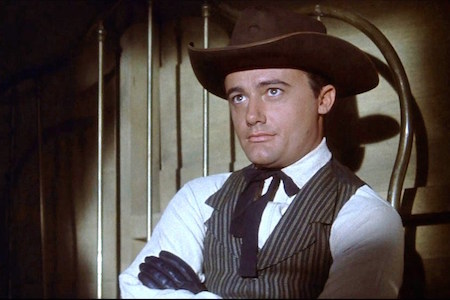
Don’t Be One of These Guys
I was in Chicago last weekend for a reunion with four dear friends I worked with decades ago. I can’t remember the last time the five of us were together, but as soon as we sat down for dinner, the years melted away. We retold dozens of old stories and laughed until our faces hurt.
Naturally, we dished about old times and old colleagues and in those conversations, I found blog-worthy material describing six different types of colleagues I’ve worked with over the years. These colleagues weren’t duplicitous or toxic; they were just unproductive.
Why should you read this blog? Simple, it will help you recognize the unproductive types that hold back companies so you can avoid them and avoid morphing into one of them. To help you remember each type, I’ve given them names. Read on:
- Lee. He only has a first name; he is one of the seven gunfighters recruited to fight Caldera and his men in the movie The Magnificent Seven. Lee looks great; he talks the talk, but can’t walk the walk. He is all hat, no cattle. He suffers from impostor syndrome; the voice in his head tells him he isn’t good enough and he tries to cover it by looking and talking like a gunfighter. At the office this is often the exceptionally well-dressed guy. His tie and suspenders always match; he wears a Rolex, drives a Beemer and signs all documents in green ink with his Montblanc fountain pen. Because someone looks like Thomas Crown doesn’t mean they can get the job done.

image courtesy of http://blog.xtra-vision.ie
- Don. He is known around the office as “The Most Officious Man in the World.” You know this guy, he’s memorized the employee handbook and follows every rule, parses every sentence of every email he sends, keeps his direct reports on a short leash and never ventures outside his comfort zone. When Patrick Lencioni wrote about pursuing certainty over clarity, he had guys like this in mind. He plods along in first gear and slows down every project he works on.
- Tim, the Protected Species. You’ve heard the excuses, “They won’t let him go; he’s employee #3.” Or “His wife and the CEO’s wife were pledge sisters and they’re still close friends.” He’s a protected species, the corporate equivalent of the snail darter. Though his performance diminishes as the company surges, they won’t cut him loose unless or until the company is circling the drain. The worst part is that he knows he’s not cutting it and he hates his job, yet he doesn’t have the courage to move on.
- Nice Guy Scott. It’s likely that there’s a Mr. Nice Guy in your company and his lousy performance is being overlooked because he’s so darn nice. A couple smart people have told me that the Mr. Nice Guys of the world know they’re not productive and being nice is the strategy they employ to keep their jobs.
- David. If I worked with this guy today, I’d call him Alan, a real life version of Alan Garner, the totally dysfunctional brother-in-law played by Zach Galifianakis in the movie The Hangover. There’s an Alan in too many companies. He’s an idiot, everyone knows he’s an idiot and yet he endures. He screws up time and again and yet survives to screw up another day. If you have an Alan in your company, do your best to have him placed with a competitor.
- Greg. There are half a dozen readers of my blog who will recognize this guy in a heartbeat. His self-regard is sky high and his reality-testing abilities are abysmal. When the producers of the TV comedy Modern Family were developing the character of Phil Dunphy, they must have met Greg and modeled Phil after him. When he opens his mouth, amazing stuff comes out and yet he’s clueless. If you have a Phil Dunphy in your company, he does more damage to your brand than he does good. Like the character of Alan described above, Phil needs to be working for your competitor.